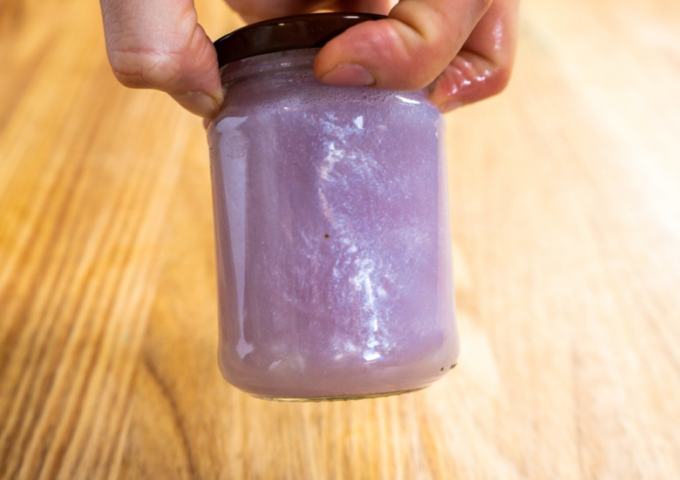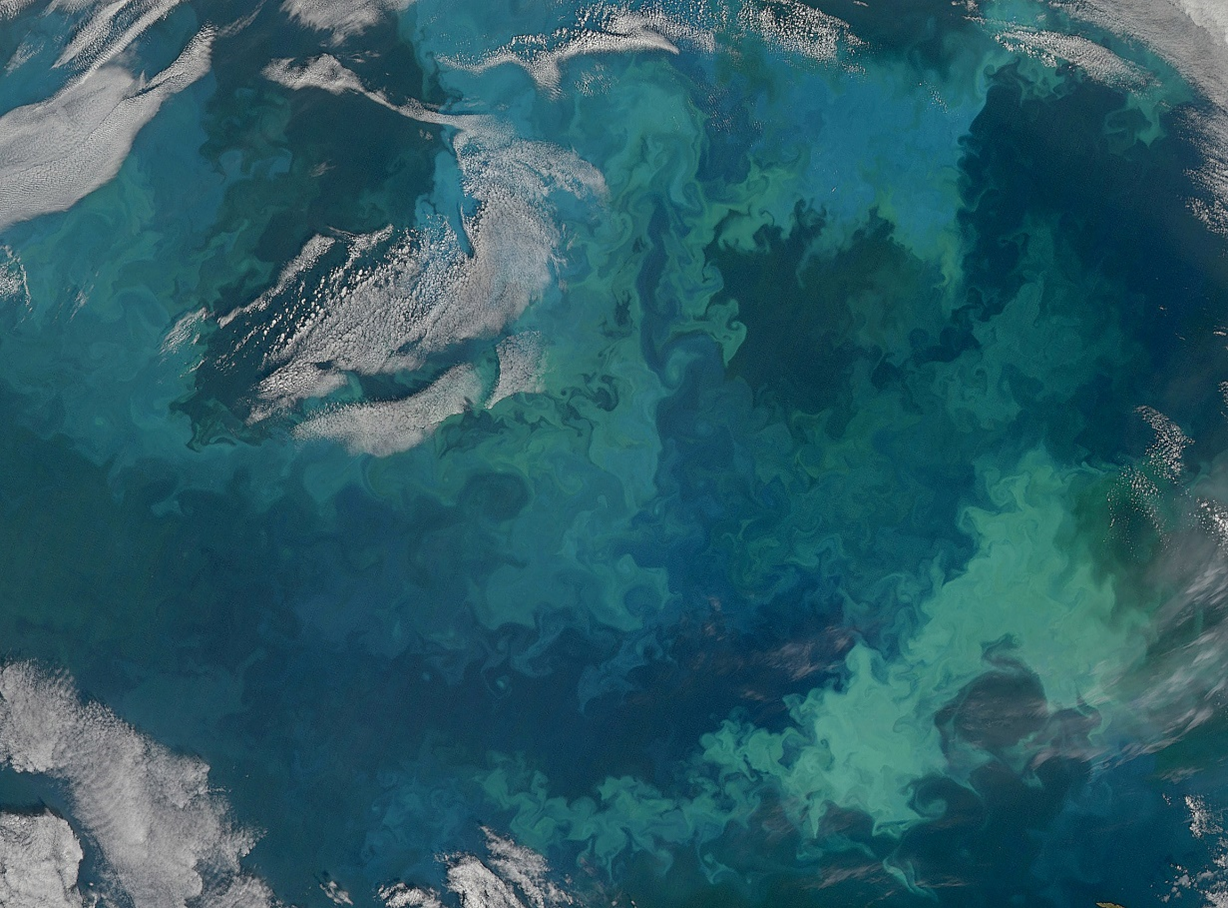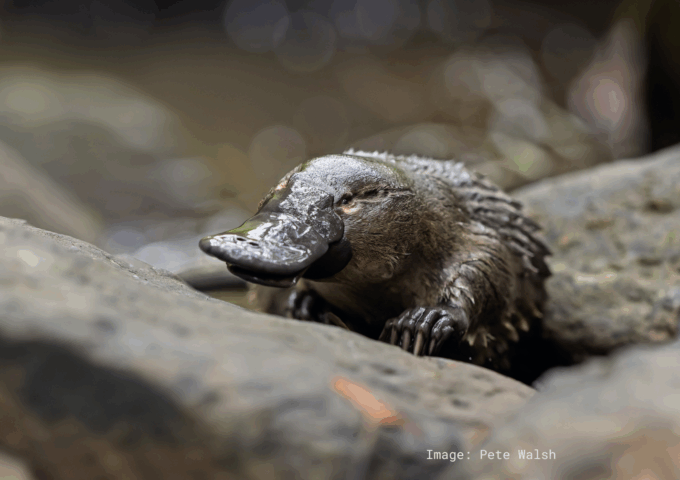
Bring more chaos into your life with a Storm in a Jar. It’s a mesmerising maelstrom of fun!
What you’ll need
- A clear round jar with a watertight lid
- Pearlescent liquid soap or shampoo. The shinier the better! Make sure the soap includes glycol stearate as an ingredient – this is what makes it pearlescent!
- Water
- Food dye
Safety Warning!
Be careful handling your jar, especially with soapy hands. If it breaks, ask an adult to help clean up.
What to do
- Fill about one quarter of the jar with pearlescent soap.
- Slowly add water, being careful not to let the mixture get foamy. Fill it as close to the top as you can!
- A jar is about a quarter full of pearlescent shampoo. A hand holds a jug of water and gently pours water into the jar.
- Drop in 1-2 drops of food dye.
- Put the lid back on the jar. Make sure it’s tight!
- Give it a shake or twirl and watch the turbulence swirl! Shining a torch on it will bring out the glittering currents best.
Questions to ask
- What’s the smallest swirl you can see?
- What happens if you put the jar into a shallow bowl of hot water?
- What happens when you pour the fluid into vessels of different shapes?
- What happens when you make it with more or less soap?
What’s happening
When you shake the jar, you see swirling patterns moving in many different directions at once. These kinds of patterns are known as ‘turbulence’. Lots of fluids flow like this, but the pearlescent soap lets you see these currents!
The pearlescent soap contains millions of tiny crystals of glycol stearate. These crystals are shaped like flat plates and line up with the flow of the currents – like countless, tiny wind vanes. The crystals reflect light differently depending on how they are lined up. This means we can see the different currents as brighter and darker flows in the fluid.
But why do the currents change depending on how you shake the jar? Fluids are held together by sticky forces, called ‘viscosity’. When fluids move slowly, these ‘sticky’ forces pull that motion into gentle curves. As fluids move faster these ‘sticky’ forces can no longer control the flow. The flow starts to break apart in countless directions all at once, creating the complex swirls you can see. The harder you shake the jar, the more the fluid becomes more turbulent, breaking apart into an increasing number of smaller swirls.
When fluids are turbulent we can still make some predictions about them, like how many big swirls or little swirls there might be, and what direction they’ll mostly go in. But it’s much, much harder to predict where individual swirls will appear, or how big they’ll be.
The atmosphere and oceans also have turbulence. This is why we can make big, general predictions about the weather – like that it will be hotter in summer than in winter – but not small, detailed predictions, like exactly how much it will rain three weeks from now.

Green plankton living in the ocean can let us see the turbulent currents in the ocean, just like the crystals in the fluid here. Credit: NASA Earth Observatory.
This DIY Science activity was adapted from Questacon’s Hands on Activities page. You can find this and more experiments at: https://www.questacon.edu.au/learn-and-play/activities/storm-jar






